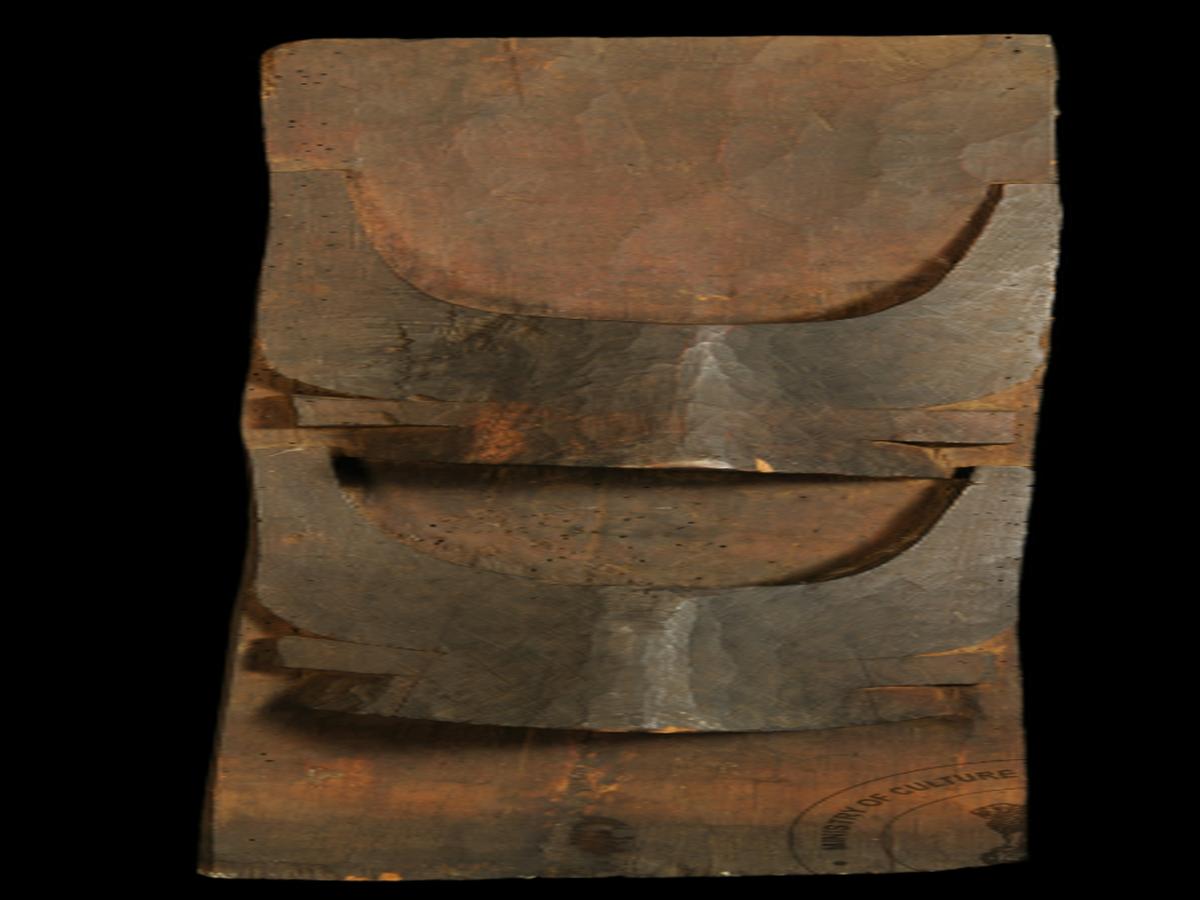State
Tribe Name
Art Type
short description
This heavy wooden board, intricately carved with two Mithun heads in high relief, is a remarkable testimony to the traditional art of the Maram Naga tribe, part of a Nagas community mainly found in Manipur, India. The board, serving as part of the outer wall of a traditional Maram house, is there mainly not for support but also as a mark of social status and cultural identity. Mithun (Bos frontalis), a semi-domesticated bovine livestock in the northeastern states of India, has unmatched ritual and economic status among the Naga tribes. Mostly in Maram culture, the Mithun symbolizes wealth, wellness, and sustenance. The Mithun's two heads on such a wooden board speak of the owner's accomplishments and social standing, often associated with feast-giving, a practice by which the individual is promoted in the eye of the community.
Thumbnail

Filter Postion
Left
Filter Background
Off
Theme
Filter Header Image

content
Image

description
This heavy wooden board, intricately carved with two Mithun heads in high relief, is a remarkable testimony to the traditional art of the Maram Naga tribe, part of a Nagas community mainly found in Manipur, India. The board, serving as part of the outer wall of a traditional Maram house, is there mainly not for support but also as a mark of social status and cultural identity. Mithun (Bos frontalis), a semi-domesticated bovine livestock in the northeastern states of India, has unmatched ritual and economic status among the Naga tribes. Mostly in Maram culture, the Mithun symbolizes wealth, wellness, and sustenance. The Mithun's two heads on such a wooden board speak of the owner's accomplishments and social standing, often associated with feast-giving, a practice by which the individual is promoted in the eye of the community.
The high-relief wooden carving is made from the hardwood commonly found in the area. The trade has been cultivated from father to son over many generations. The carving has acquired depth and realism, presenting the Mithun heads more emphatically from the flat surface. Such scroll works are common among Maram architecture, where houses are not merely inhabited spaces but cultural embodiments in their own right, denoting the family's identity, heritages, and values. This wooden board represents a keen statement on tribal aesthetics and thought systems, bringing function, symbolism, and artistry into a singular form.
The high-relief wooden carving is made from the hardwood commonly found in the area. The trade has been cultivated from father to son over many generations. The carving has acquired depth and realism, presenting the Mithun heads more emphatically from the flat surface. Such scroll works are common among Maram architecture, where houses are not merely inhabited spaces but cultural embodiments in their own right, denoting the family's identity, heritages, and values. This wooden board represents a keen statement on tribal aesthetics and thought systems, bringing function, symbolism, and artistry into a singular form.
Image Mode
landscape
promoted
On
Verified
Off
